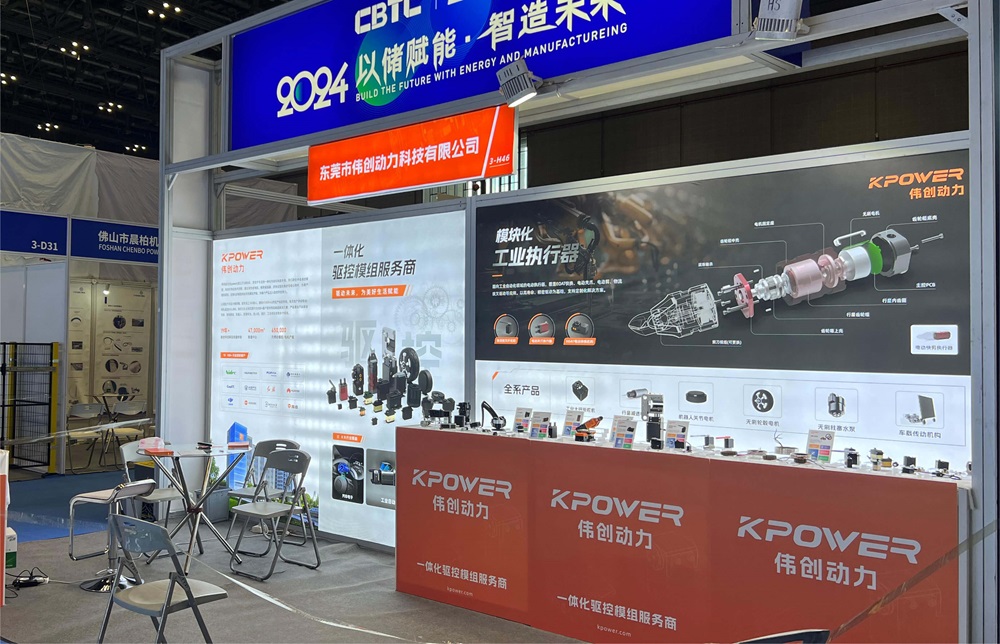Getting Started with the Classic 3-Pin Servo Motor Connection
Imagine this: you’re building a robot, a drone, or an automated project, and suddenly, your servo motor is the vital joint that makes everything move. But how do you connect this tiny marvel of engineering correctly? If you’ve ever stared at a three-pin servo and wondered what each wire does, you’re not alone. Let’s unravel this mystery together and dive into the world of servo motor wiring.

The Anatomy of a 3-Pin Servo Motor
Most hobbyist and industrial servo motors are equipped with three pins—each serving an essential purpose:
Power (V+ or +): Usually red, this pin supplies positive voltage, commonly 4.8V to 6V DC, to energize the servo's internal circuitry. Ground (GND): Typically black or brown, it’s the reference point that completes the electrical circuit. Signal (PWM): Usually white, yellow, or orange, this pin receives Pulse Width Modulation (PWM) signals that control the servo’s position.
Understanding these three pins is fundamental. Each pin has its duty and importance, transforming simple electrical signals into precise mechanical movements.
Choosing the Right Power Supply
Before any wiring, ensure you have a proper power source. Many servos operate best within a 4.8V–6V range. Connecting your servo directly to a computer’s USB port can sometimes work for small projects, but for more substantial or multiple servos, consider a dedicated regulated power supply or batteries that match voltage and current needs.
An unregulated or insufficient power supply may lead to jittery movements or even damage your servo. Remember, servos draw varying amounts of current depending on load—often up to a few hundred milliamperes or more when under strain.
The Correct Wiring Strategy
Establishing a robust connection involves some basic but crucial steps:
Identify each wire: Using the color coding helps, but always double-check with the datasheet or multimeter. Connect power and ground first: Always connect the ground wire to the negative terminal of your power supply before powering up. Doing so avoids potential voltage spikes. Connect the signal wire: This should go to a PWM-capable pin on your microcontroller, such as an Arduino’s digital pin.
Think of it as establishing a conversation—power and ground are like the conversation’s baseline, while the signal is akin to sending commands or questions.
Wiring Tips for Success
Use Proper Connectors: Avoid makeshift wire arrangements. Use reliable connectors or solder joints to ensure good electrical contact.
Keep Wires Short and Neat: Long or tangled wires can cause noise or signal degradation.
Power Multiple Servos Carefully: If you have several servos, power them from a common source but provide sufficient current and avoid powering all from the microcontroller.
Testing Your Connection
Once wired, firing up your system with your microcontroller can sometimes cause the servo to twitch or jitter. That’s normal at first. Use a simple program to send a PWM signal—usually 0.5ms to 2.5ms pulse widths at 50Hz—to test the operation. Many programming environments, such as Arduino, have dedicated servo libraries that simplify this process.
Common Connection Mistakes
Reversing power and ground: Could fry your servo or cause erratic behavior. Insufficient power: Result in jittery or unresponsive servos. Loose connections: Can lead to intermittent operation or damage. Using unregulated power supplies: Risk damage due to voltage spikes.
The Importance of Proper Insulation and Safety
Ensure all connections are insulated, especially if exposed to moisture or moving parts. Using heat-shrink tubing or electrical tape is an easy way to prevent shorts. Hold safety in mind—never touch wires or components while powered, and always turn off your system before making adjustments.
Looking Forward
In our next part, we’ll explore practical connection methods, common applications of servo motors, troubleshooting tips, and advanced control techniques to elevate your projects. Stay tuned to learn how a simple 3-pin connection can unlock complex, fascinating robotics endeavors.
If you'd like, I can proceed with the second part now, diving deeper into setup examples, applications, and troubleshooting strategies.
Kpower has delivered professional drive system solutions to over 500 enterprise clients globally with products covering various fields such as Smart Home Systems, Automatic Electronics, Robotics, Precision Agriculture, Drones, and Industrial Automation.




































